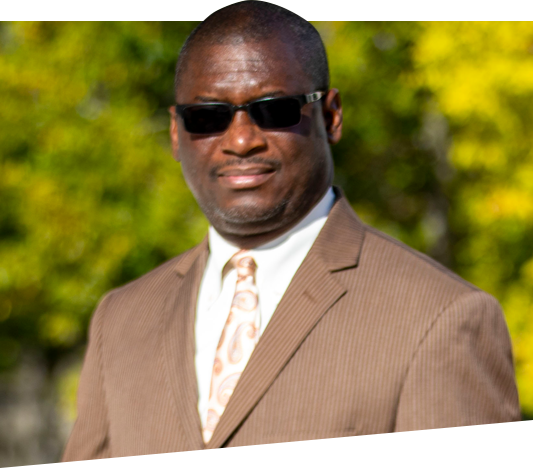Brunswick Car Accident Attorney
Most vehicle collisions are unintentional. But they are certainly not accidental. People accidentally leave the lights on. They do not accidentally drink and drive. Furthermore, the A-word usually implies that no one was seriously hurt. If you leave the lights on, your utility bill might go up by a few cents, but that’s it. A high-speed car wreck is a much different story. The injuries these victims sustain are usually serious and often permanent.
At Gillette Law, our dedicated Brunswick car accident attorneys know what it takes to obtain maximum compensation for your serious injuries. We start by collecting evidence which supports your claim. Then, once we have laid the groundwork, we aggressively fight for you. Throughout the whole process, the lines of communication are open, so you are never in the dark.
Evidence in Car Wreck Claims
In court, victim/plaintiffs must prove negligence, or a lack of care, by a preponderance of the evidence, or more likely than not. Therefore, solid evidence is the core of all personal injury claims.
Usually, our Brunswick car accident attorneys focus on the police accident report, medical bills, and witness statements. But the Big Three items are not always sufficient.
The police accident report is a good example. Even the most experienced first responder is not an accident reconstruction engineer. Instead, emergency responders must do the best they can with the evidence which is immediately available at the scene. Frequently, this evidence is incomplete or inaccurate. If the victim was catastrophically injured or killed, the police accident report obviously contains only one side of the story.
In these situations, we often look to electronic evidence, such as a vehicle’s Event Data Recorder. These gadgets usually measure and record things like:
- Vehicle speed,
- Steering angle,
- Engine RPM, and
- Brake application.
An attorney or accident reconstruction professional can weave these threads of evidence together and create a rich tapestry. Furthermore, EDR evidence is usually much more reliable than a driver’s recollection of events. Unlike people, computers are never wrong or biased.
Liability Issues
The aforementioned tapestry usually involves either the ordinary negligence doctrine or the negligence per se rule. Ordinary negligence is usually a lack of reasonable care. Commercial operators, like Uber or taxi drivers, generally have a higher duty of care. Negligence per se is the violation of a safety law.
Speeding is a good illustration of how these two doctrines work. The posted speed limit is a presumptively reasonable speed in ideal situations, such as an experienced driver, a vehicle in good condition, clear, bright skies, and dry pavement. If the weather is bad or the vehicle’s tires are worn, the duty of care requires operators to slow down and use additional caution. Arguably, commercial drivers cannot drive in such situations at all.
Insurance company defenses, such as comparative fault, often come into play in this area. For example, an insurance company might admit the tortfeasor (negligent driver) was speeding, but blame the crash on the victim’s late lane change.
When all is said and done, damages in a car wreck claim usually include compensation for economic losses, such as medical bills, and noneconomic losses, such as pain and suffering.
Contact an Experienced Glynn County Car Accident Lawyer
All serious injury victims are entitled to fair compensation. For a free consultation with an experienced Brunswick car accident attorney, contact Gillette Law, P.A. We routinely handle matters in Florida and Georgia.


